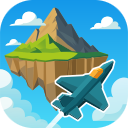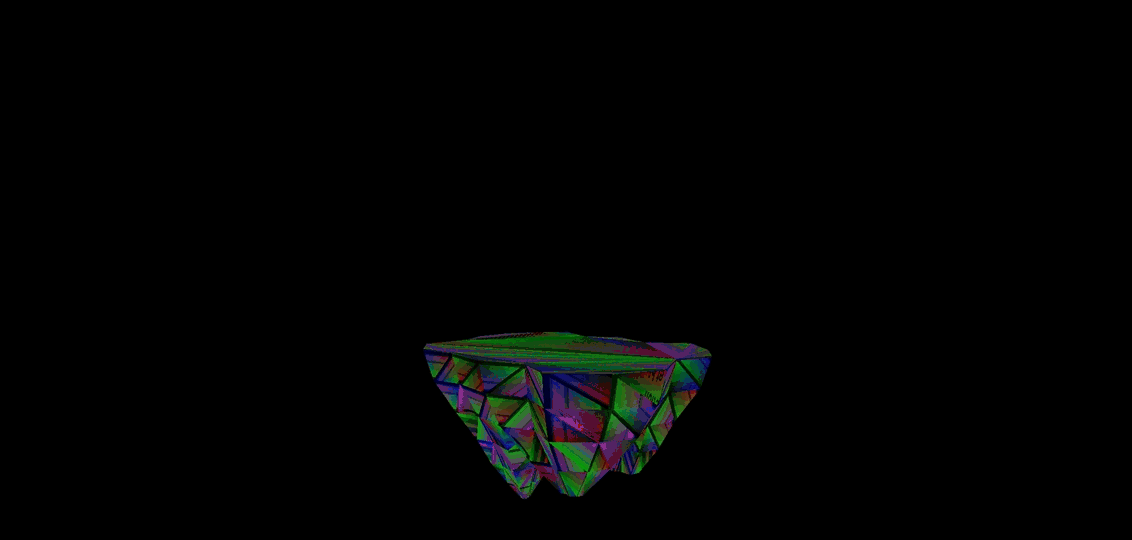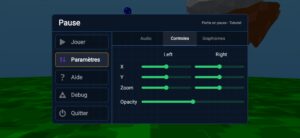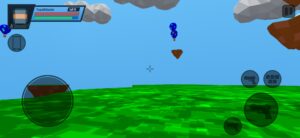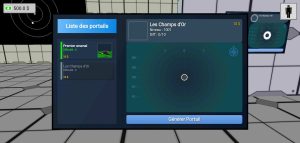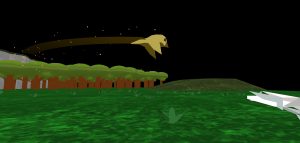I’m back to the tutorial — more precisely, to the landscape part. At first, we had a flat ground with a grass texture. In this version, I’m adding clouds, hot air balloons, and floating islands.
These islands, modeled in Blender, introduce a level of complexity I hadn’t anticipated. How should I handle collisions? For now, qu3e only allows me to compute collisions for sets of cubes. So I started from there and decided to limit myself to the ground.
I implemented an algorithm that identifies the ground’s vertices, and for each edge, I add a cube. For corners below 180 degrees, I add another cube on top. Finally, I add one last cube at the center.
This solution is rather clunky, costly, and still only handles the ground. Plus, when I move across this cube-filled terrain, I sometimes get launched into the air along certain edges…
To be continued in the next devlog!
Result
Timelapse of the different builds
